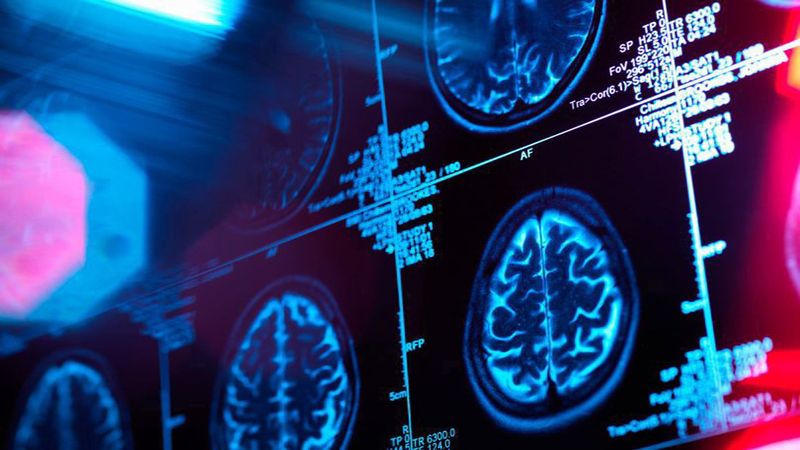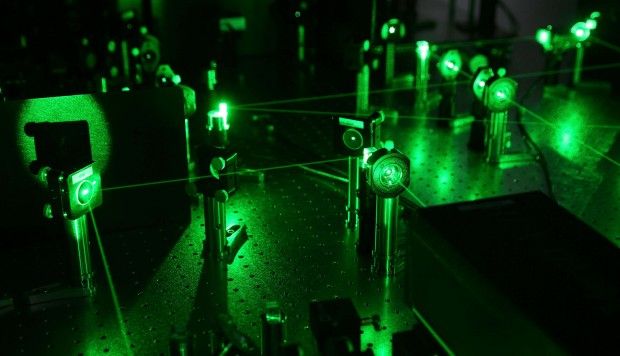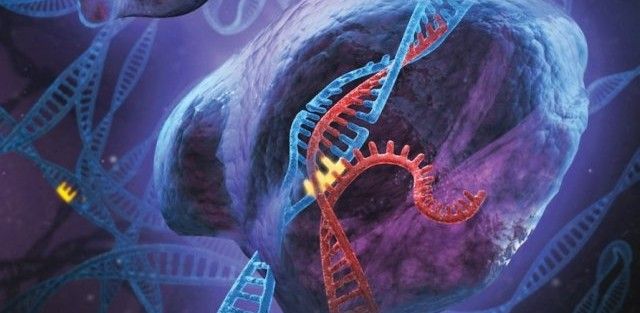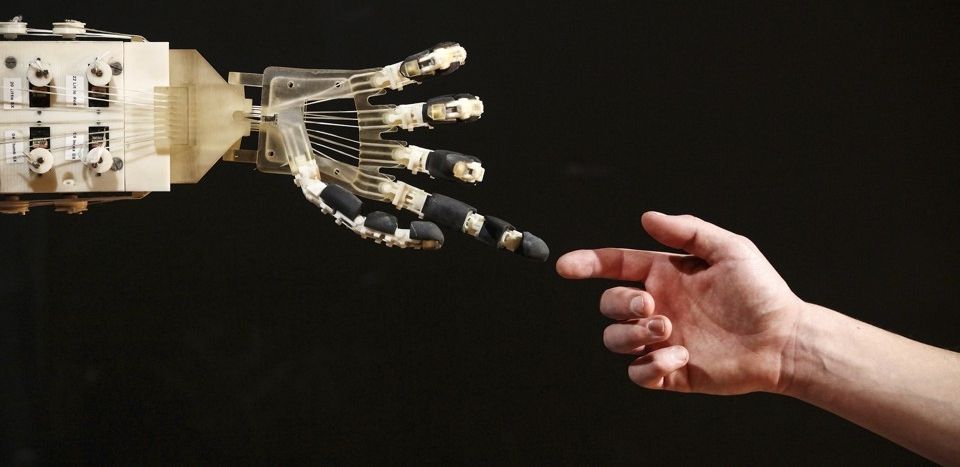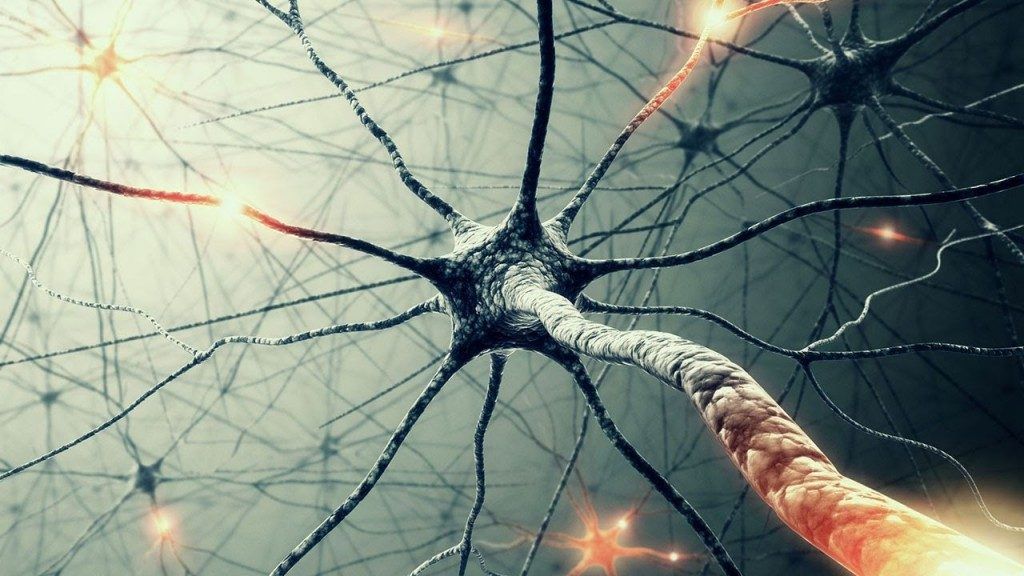Glad I wasn’t on TOR for a while.
Visitors to more than 10,000 Tor-based websites were met with an alarming announcement this morning: “Hello, Freedom Hosting II, you have been hacked.” A group affiliating itself with Anonymous had compromised servers at Freedom Hosting II, a popular service for hosting websites accessible only through Tor. Roughly six hours after the initial announcement, all the sites hosted by the service are still offline.
In the message, the group offers to sell the compromised data back to Freedom Hosting II in exchange for 0.1 bitcoin, or just over $100, although it is unclear whether the offer is in earnest.
The hackers also claim child pornography made up more than half the data stored on the servers. It’s impossible to verify that claim without seeing the data itself, but it’s consistent with what we know about previous dark-web hosting companies. The original Freedom Hosting was compromised by law enforcement in 2013, resulting in a number of child pornography prosecutions. At the time, the service hosted as many as half of the websites accessible only through Tor, commonly referred to as the Dark Web.

